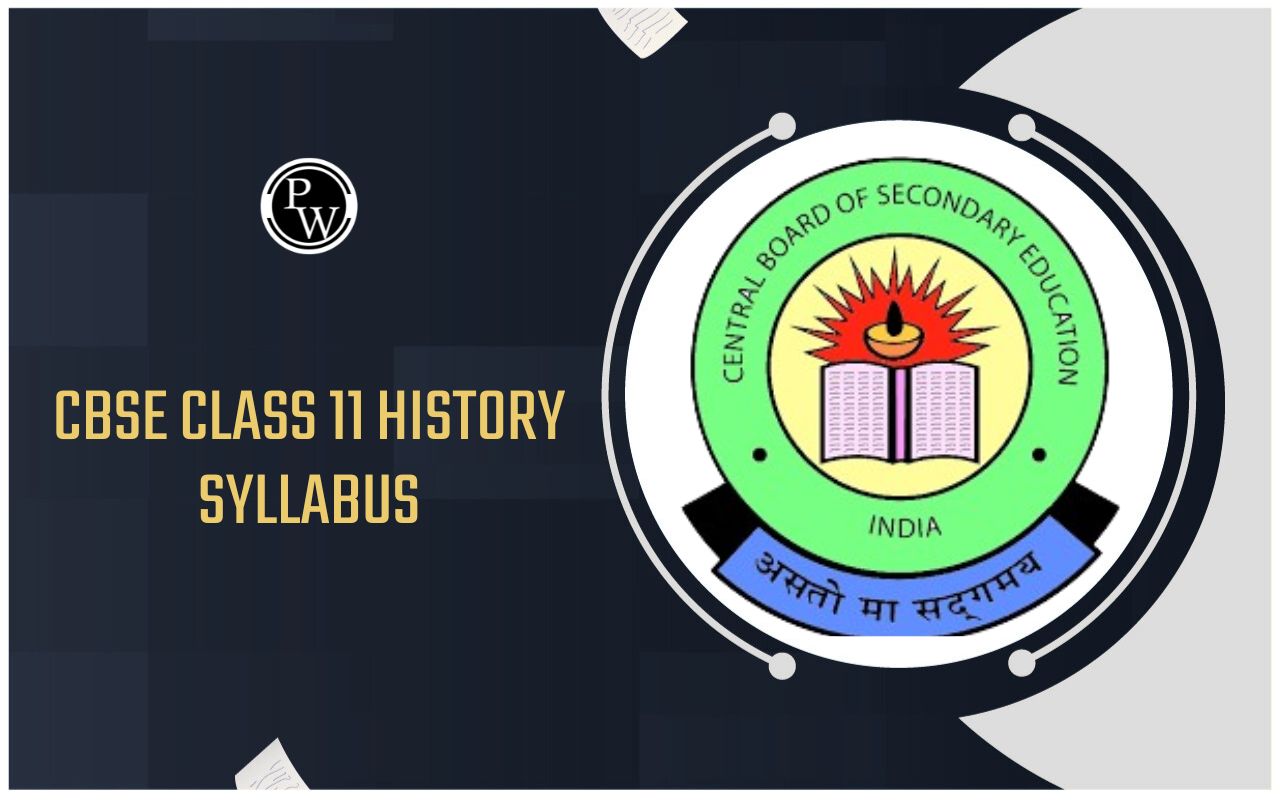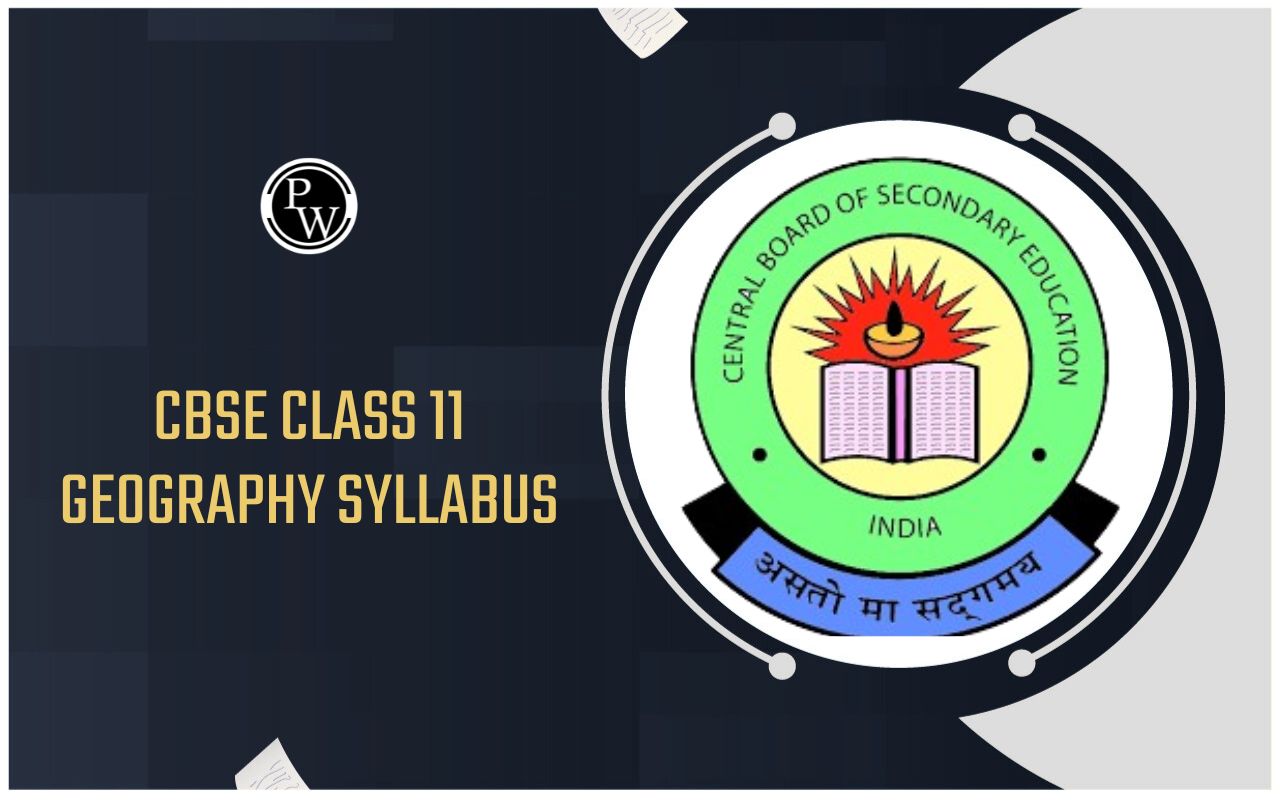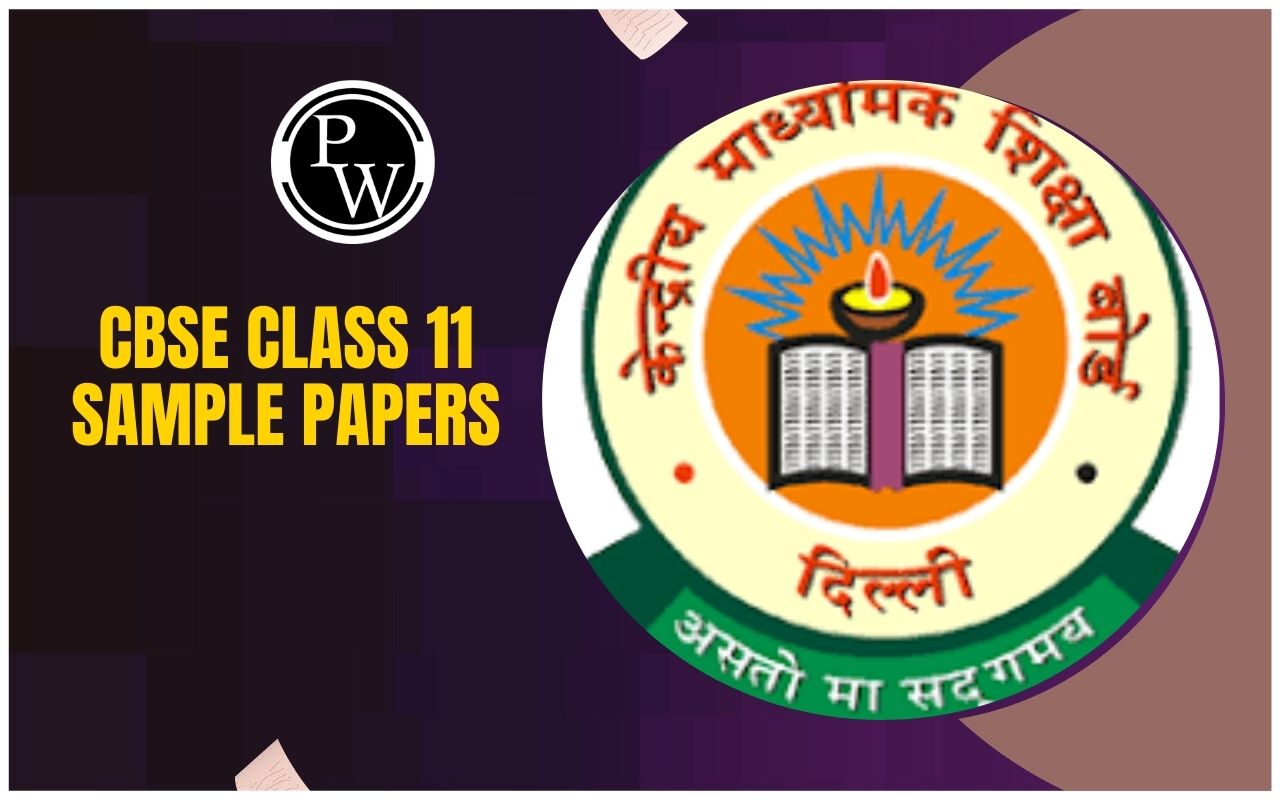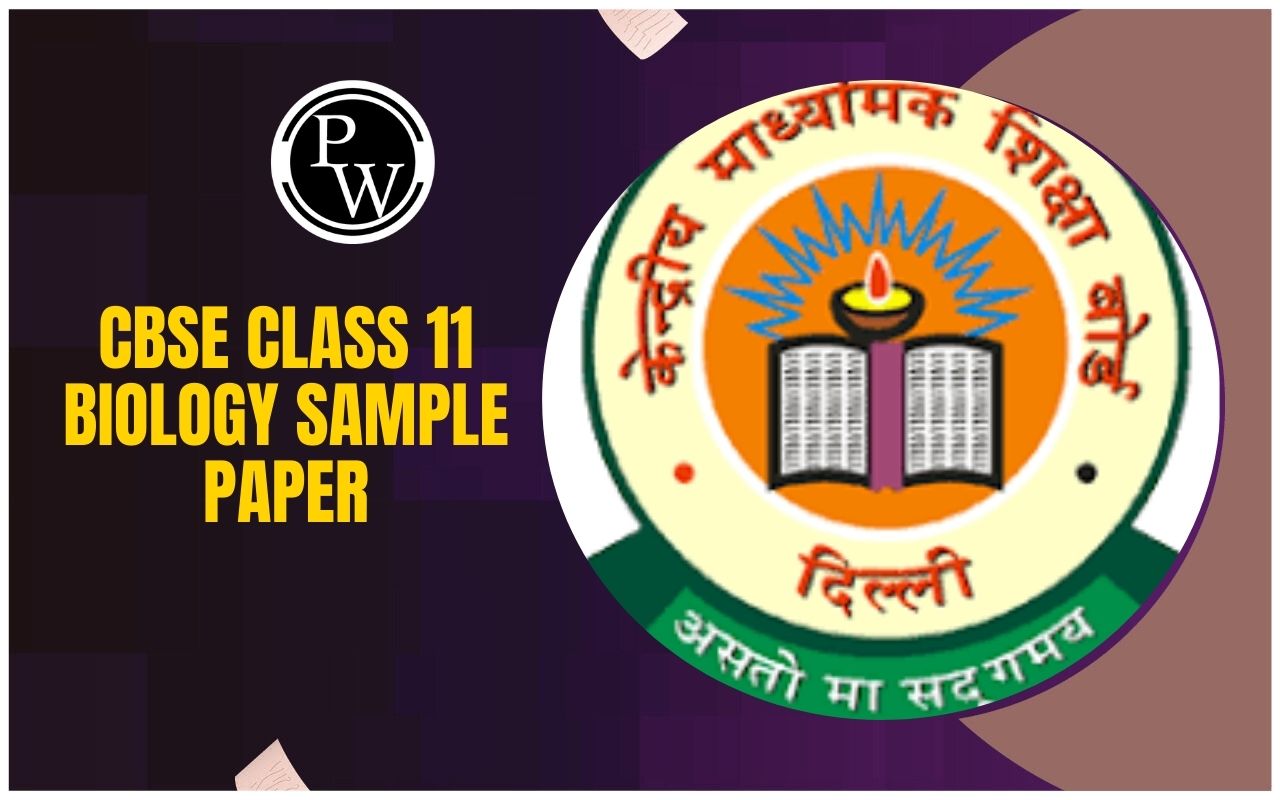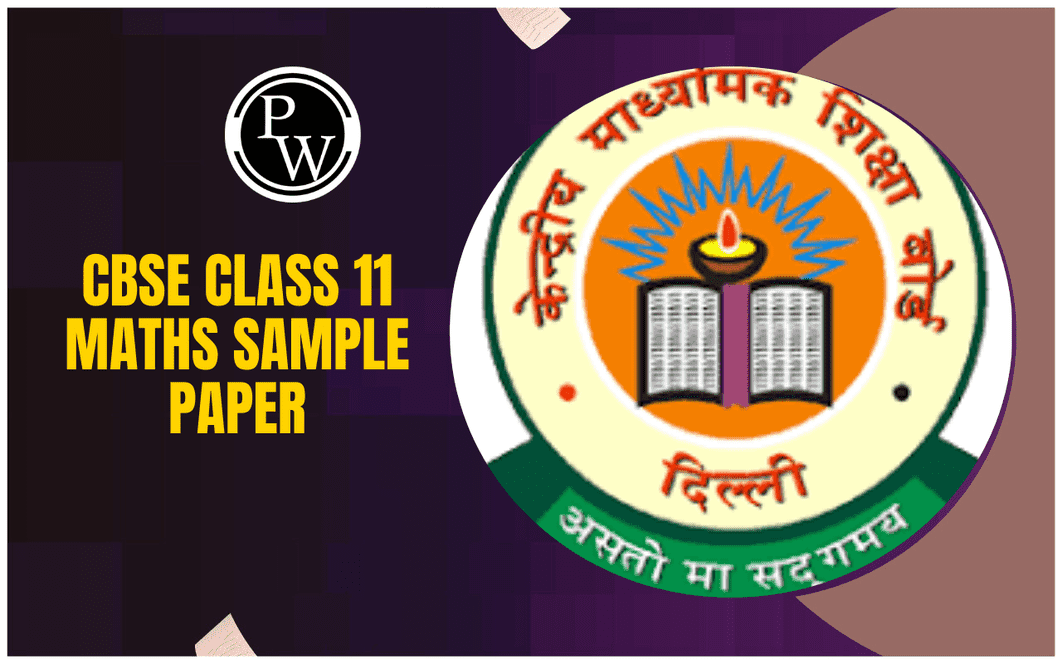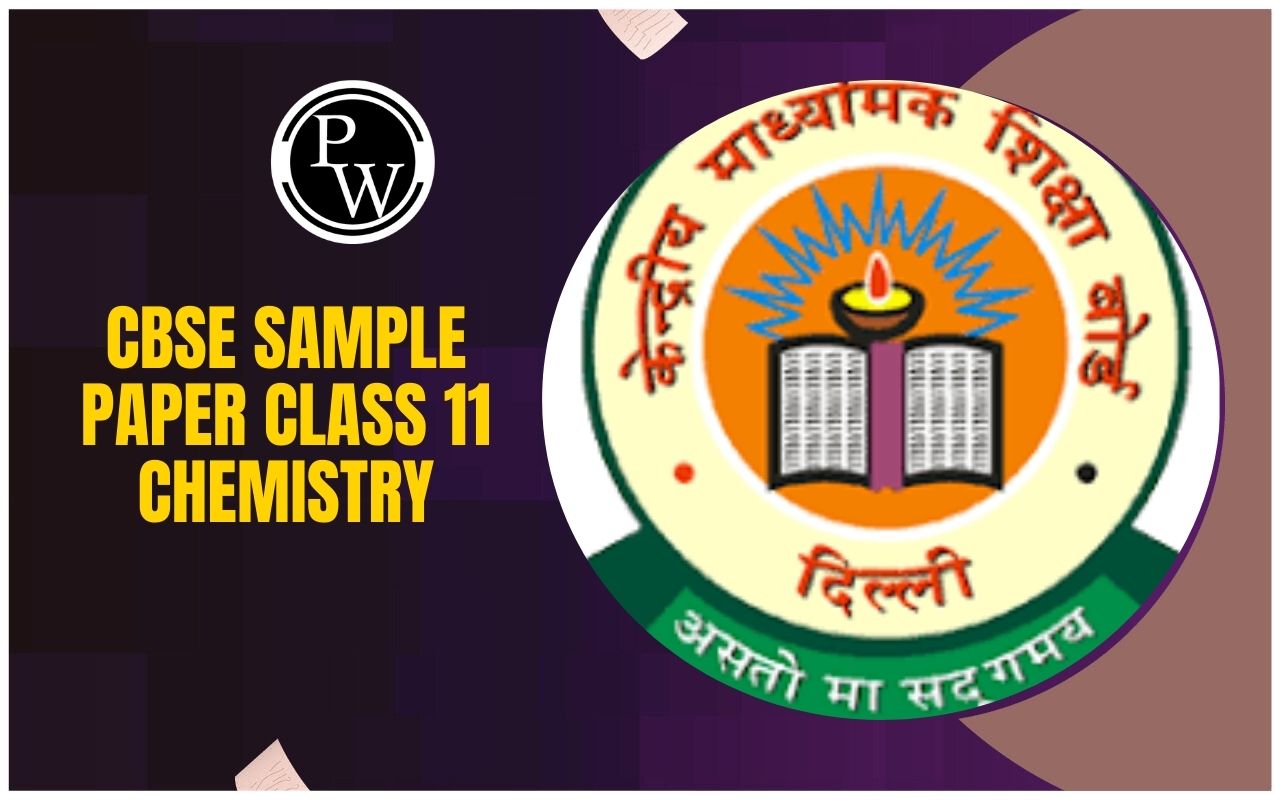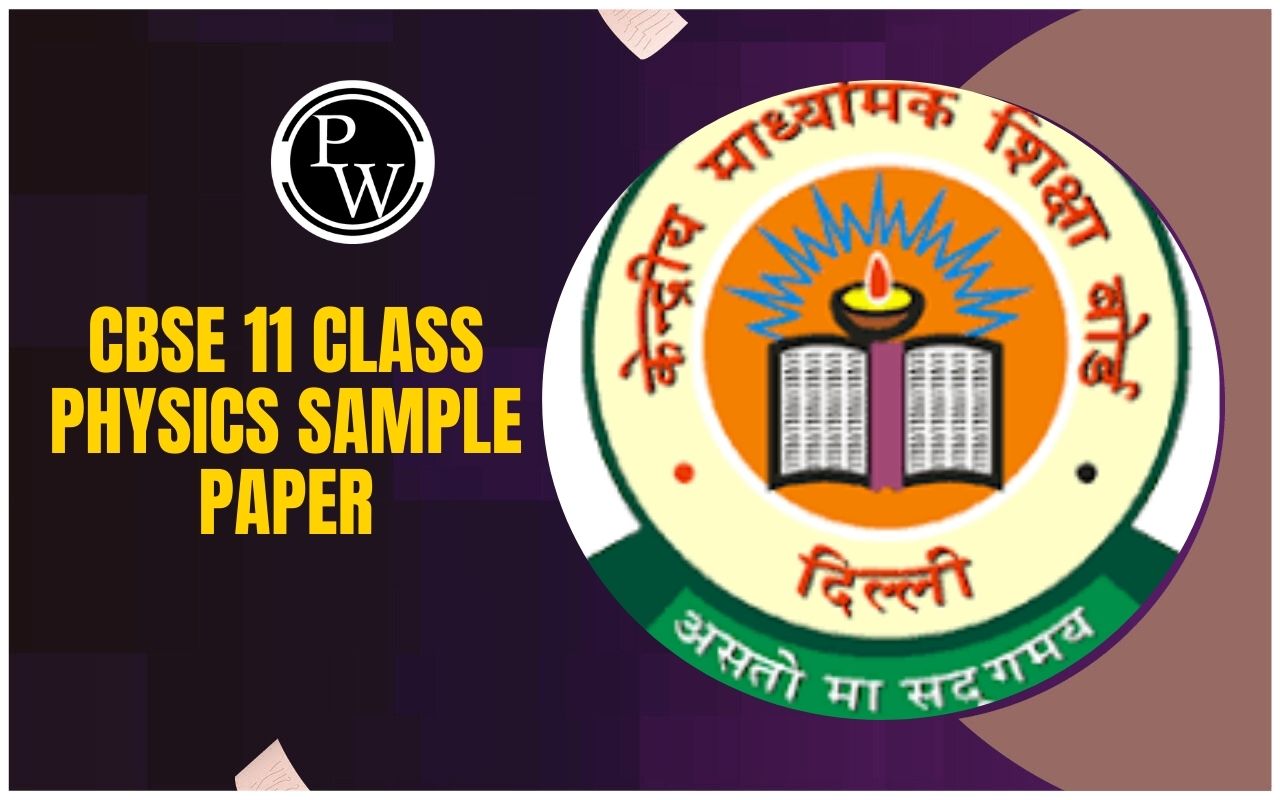
Important Questions for Class 11 Physics Chapter 14: Chapter 14 of Class 11 Physics, titled "Waves," explores the fundamental concepts of wave motion, including types of waves (mechanical and electromagnetic), wave parameters like amplitude, frequency, and wavelength, and the wave equation. The chapter covers sound waves, the speed of waves, and the principle of superposition.
It also introduces important topics such as reflection, refraction, interference, and standing waves. Understanding these concepts is essential for comprehending phenomena like sound propagation and resonance. Key formulas and concepts like the Doppler effect and the energy carried by waves are also discussed in this chapter.Important Questions for Class 11 Physics Chapter 14 Overview
Chapter 14 of Class 11 Physics, "Waves," is crucial for understanding the behavior and properties of waves in different media. Important questions in this chapter cover topics such as wave motion, types of waves, wave parameters, and phenomena like interference, diffraction, and resonance. These questions are vital for grasping the concepts of sound waves, Doppler effect, and wave equations. By practicing these questions, students build a solid foundation in wave theory, which is fundamental for higher physics topics, engineering applications, and understanding natural phenomena like sound propagation and light waves.Important Questions for Class 11 Physics Chapter 14 PDF
Important Questions for Class 11 Physics Chapter 14 With Answers
Below is the Important Questions for Class 11 Physics Chapter 14 Waves -1. Explosions on other planets are not heard on earth. Why?
Ans: Explosions on other planets are not heard on earth because there is no material medium between the earth and the planets over a long distance, and without a material medium for propagation, sound waves cannot travel.
2. Why longitudinal waves are called pressure waves?Ans: Longitudinal waves are called pressure waves because the propagation of longitudinal waves through a medium consists of the variations in the volume and the pressure of the air, these variations in volume and air pressure result in the formation of compressions and rarefactions.
3. Why do tuning forks have two prongs?Ans: The tuning fork has two prongs because the two prongs of a tuning fork produce resonant vibrations that help to keep the vibrations going for longer.
4. Velocity of sound increases on a cloudy day. Why?Ans: Velocity of sound increases on a cloudy day, because the air is wet on a cloudy day, it contains a lot of moisture, the density of air is lower, and because velocity is inversely proportional to density, velocity increases.
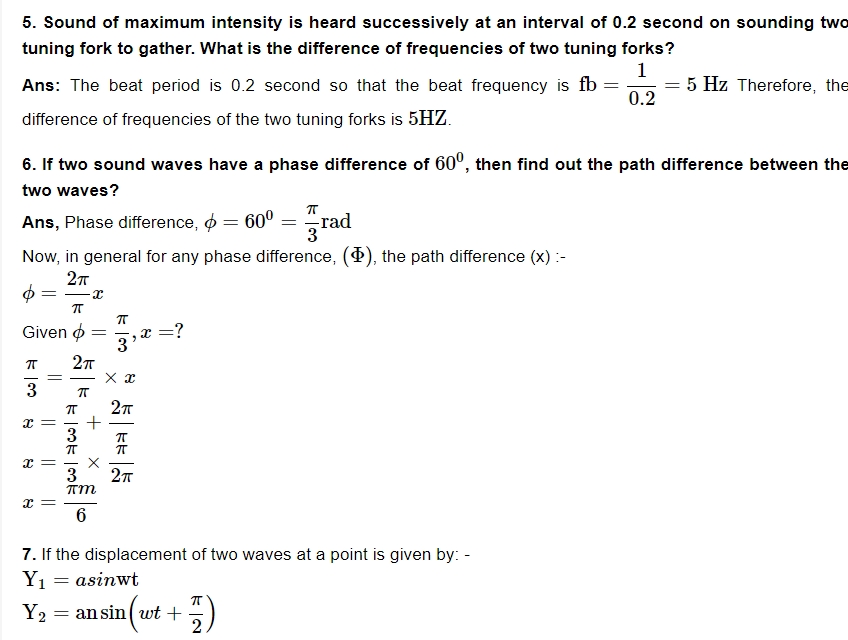
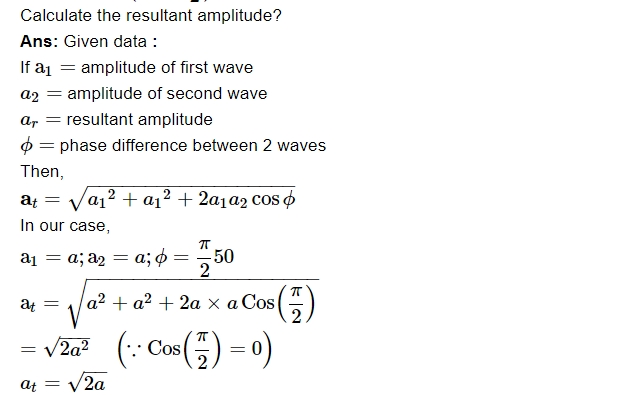
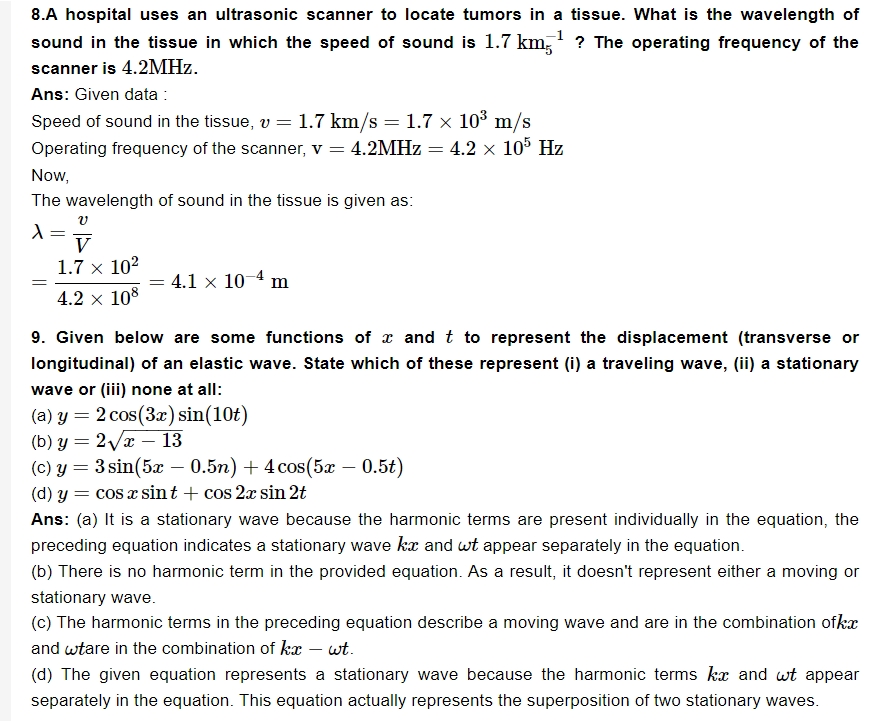
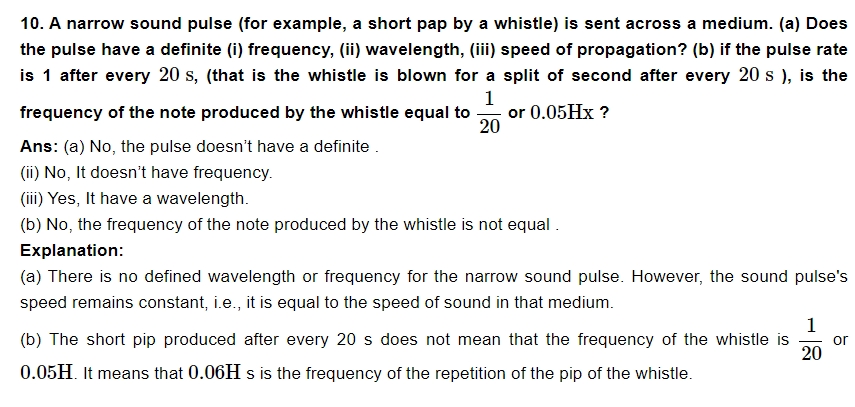
2 Marks Questions
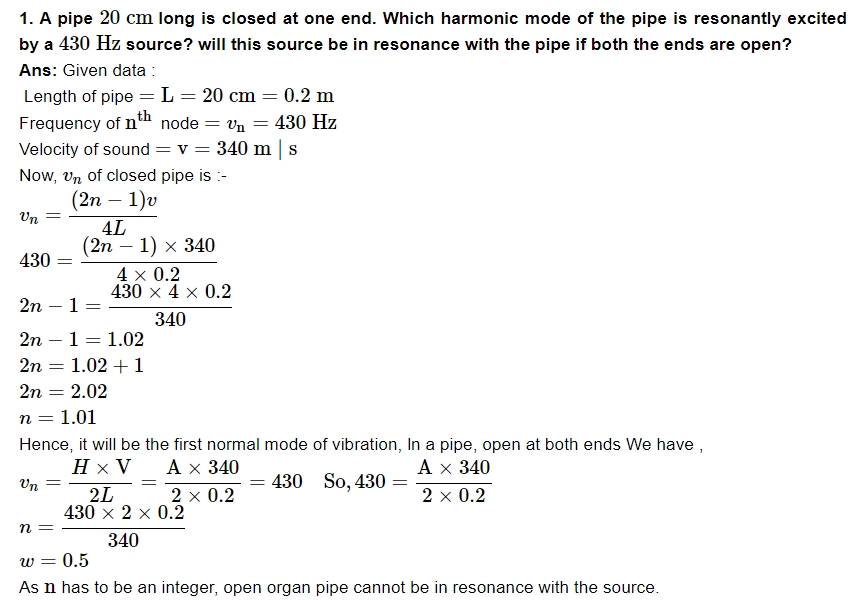
2. Can beats be produced in two light sources of nearly equal frequencies?
Ans: No, because light emission is a random and fast occurrence, and we obtain uniform intensity instead of beats.
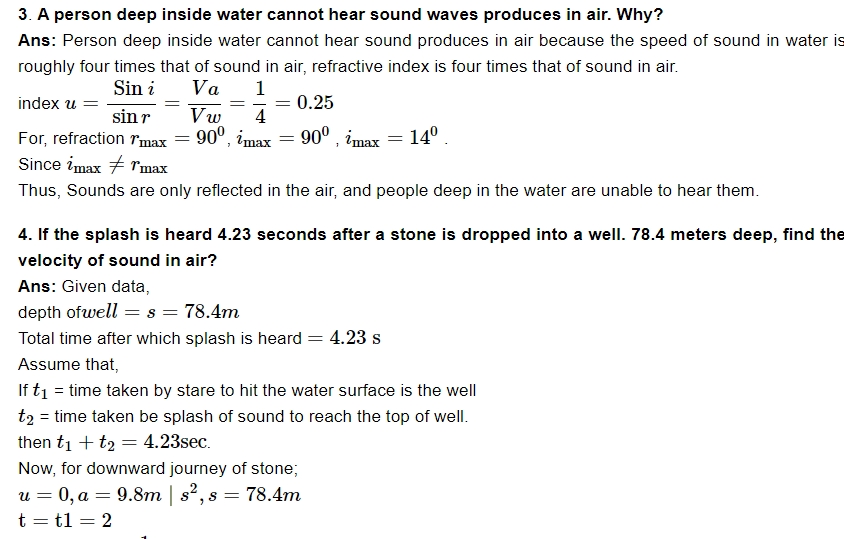
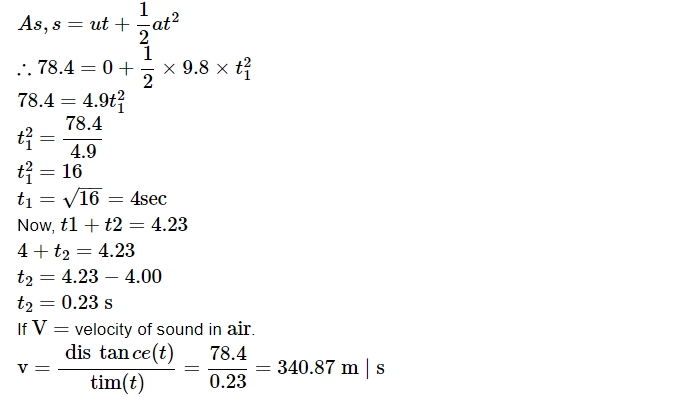
5. How roar of a lion can be differentiated from bucking of a mosquito?
Ans: The roaring of a lion produces a low-pitched, high-intensity sound, but the buzzing of mosquitoes produces a high-pitched, low-intensity sound, and therefore the two noises may be distinguished.
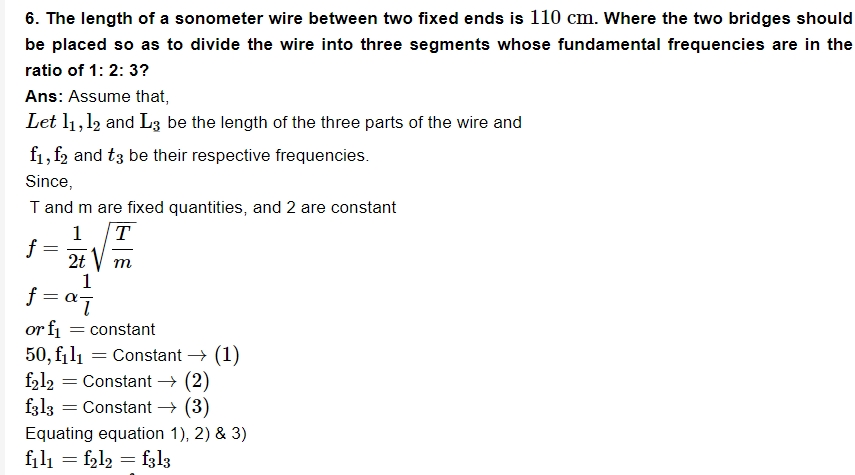
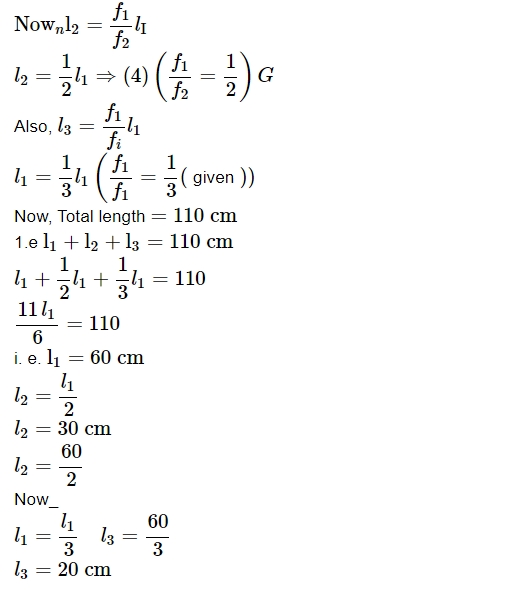
7. Why are all stringed instruments provided with hollow boxes?
Ans: The sound box is a hollow box that comes with stringed instruments. Forced vibrations are produced in the sound box when the strings are set into vibration. The enormous surface area of the sound box causes a big amount of air to vibrate. The result is a loud sound with the same frequency as the string.
8. We cannot hear echo in a room. Explain?
Ans: We all know that in order for an echo to be heard, the obstruction must be hard and vast in size. In addition, the obstruction must be at least a distance from the source. The parameters for the generation of Echo are not met since the length of the room is usually less than. As a result, there is no echo in the room.
9. Why do the stages of large auditoriums give curved backs?
Ans: The backs of big auditorium stages are curved because a speaker's voice is rendered parallel following reflection from a concave or parabolic seer face when he stands at or near the focal of a curved surface. As a result, the voice can be heard from afar.
10. Given two cases in which there is no Doppler effect in sound?
Ans: The two circumstances in which there is no Doppler effect in sound (i.e. no change in frequency) are as follows:
1) When both the sound source and the listener are moving in the same direction and at the same speed.
2) When one of the source listeners is in the circle's center and the other is travelling around it at a constant speed.
11. Explain why (or how):
(a) In a sound wave, a displacement node is a pressure antinode and vice versa,
(b) Bats can ascertain distances, directions, nature, and sizes of the obstacles without any "eyes",
(e) A violin note and sitar note may have the same frequency. yet we can distinguish between the two notes.
(d) Solids can support both longitudinal and transverse waves, but only longitudinal waves can propagate in gases, and
(e) The shape of a pulse gets distorted during propagation in a dispersive medium.
(a) A node is a point where the vibration is minimal and the pressure is highest, while an antinode is a point where the vibration is greatest and the pressure is lowest. So, a pressure antinode is essentially a displacement node , and vice versa. (b) Bats produce ultrasonic sound waves at very high frequencies. When these waves hit obstacles, they bounce back. The bat uses its brain sensors to receive the reflected sound and calculate the distance, direction, size, and nature of the obstacle. (c) The overtones of a sitar and a violin are different, as well as their intensity. This is why you can tell the difference between the sound of a sitar and a violin, even if they play the same note. (d) Shear modulus refers to a property of solids that allows them to resist shearing forces. Fluids, on the other hand, give way to shearing forces because they don't have a fixed shape. Transverse waves create shearing stress in a medium and can only travel through solids, not gases. Solids and fluids also have different bulk moduli , which measure their ability to resist compressive forces.Benefits of Using Important Questions for Class 11 Physics Chapter 14 Waves
Using Important Questions for Class 11 Physics Chapter 14 "Waves" offers several key benefits:Conceptual Clarity : Helps reinforce understanding of fundamental wave concepts like wave motion, sound waves, and the Doppler effect.
Exam Readiness : Prepares you for exams by covering critical topics and frequently asked questions, ensuring you’re well-prepared.
Enhanced Problem-Solving : Improves your ability to solve different types of problems related to waves, interference, and resonance.
Time Efficiency : Helps in efficient time management during exams by practicing under timed conditions.
Increased Confidence : Regular practice with these questions builds confidence, reducing exam anxiety and helping you perform better in assessments.
Important Questions for Class 11 Physics Chapter 14 FAQs
What is the concept of wave?
Who discovered waves in science?
What type of wave is sound?
What is called amplitude?



